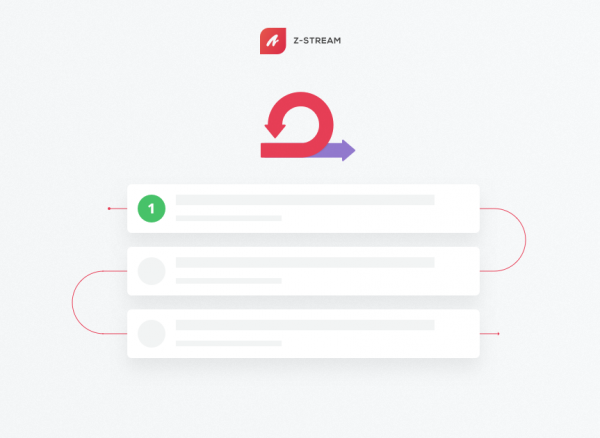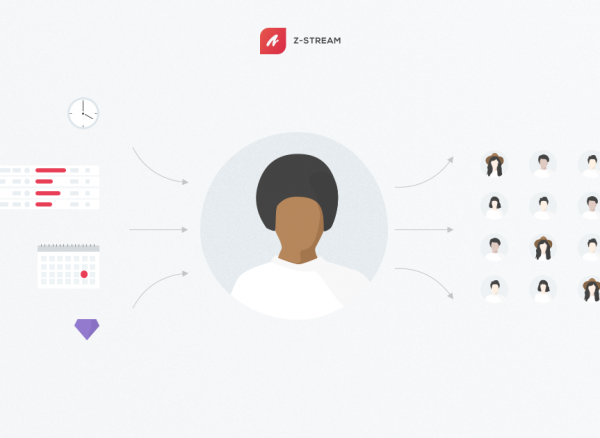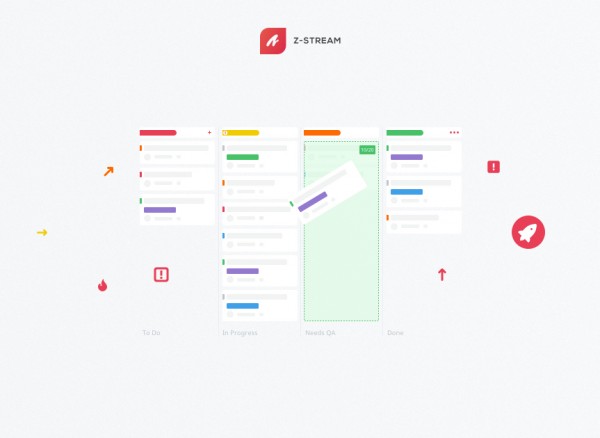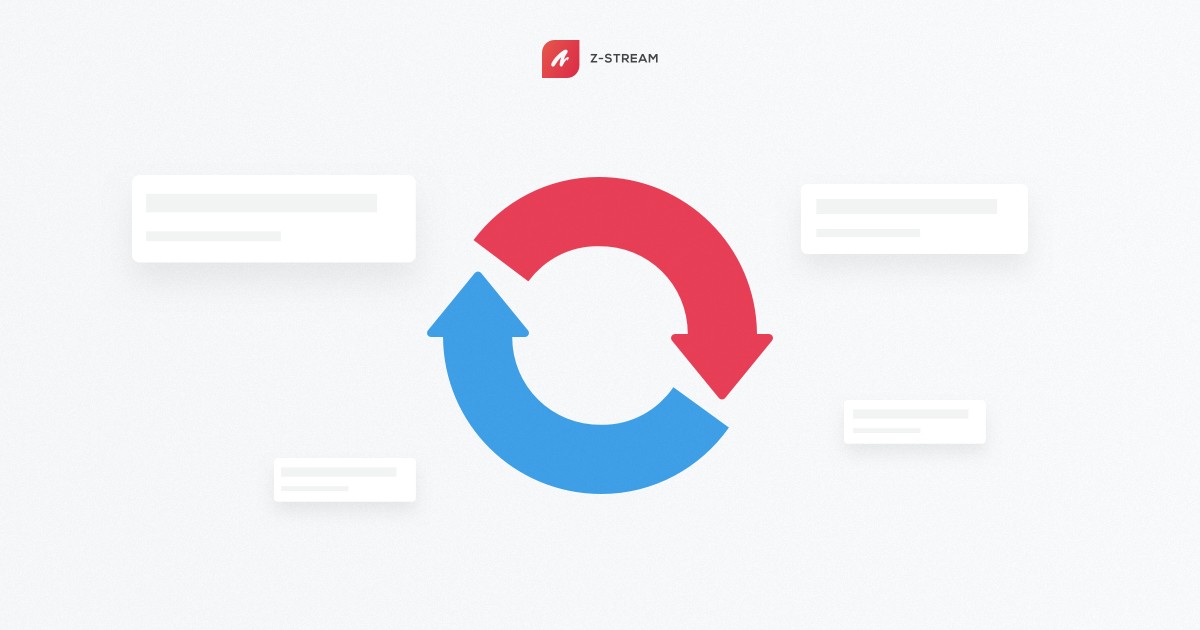
Agility is crucial to keeping your business competitive and profitable, and agility starts with choosing an iterative project management methodology to keep your team focused on agile principles and client delight.
What is the agile iterative approach?
The agile iterative approach focuses on delivering value as fast as possible in increments, rather than all at once. This approach is especially useful in software development and product development. An iterative approach means the software or product development process is split into multiple explicit iterations or versions, each delivering some valuable improvements or additional features.
Iterative methodology allows software developers to adjust, refine, and review software development processes constantly to improve their performance incrementally. The agile iterative approach creates opportunities for constant evaluation and improvement in development processes. The design of an iterative approach is simple and easy to implement, regardless of the context.
Agile iterative development
Iterative development breaks down large tasks into smaller pieces that can be repeated, refined, and researched throughout the software development cycle.
Project developers use the most recent development, or iteration, as a base from which to design further products or processes. The iterative development model seeks to advance and refine a product or process in every iteration.
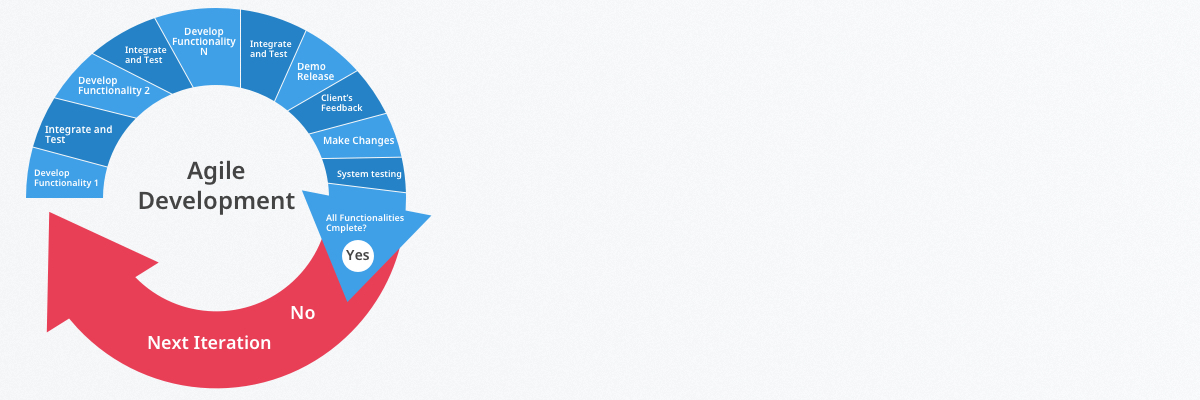
Incremental development is an approach that uses a set number of steps, or increments, that follow a linear path of progression. The steps include conception, analysis, design, testing, release, maintenance, and other increments. The waterfall model is an example of incremental development.
Every sequential increment responds to changes or developments that have already been made. This is essentially the software development equivalent of the factory assembly line. While incremental approaches are less flexible compared to iterative approaches, the two methods are frequently used together in software development projects.
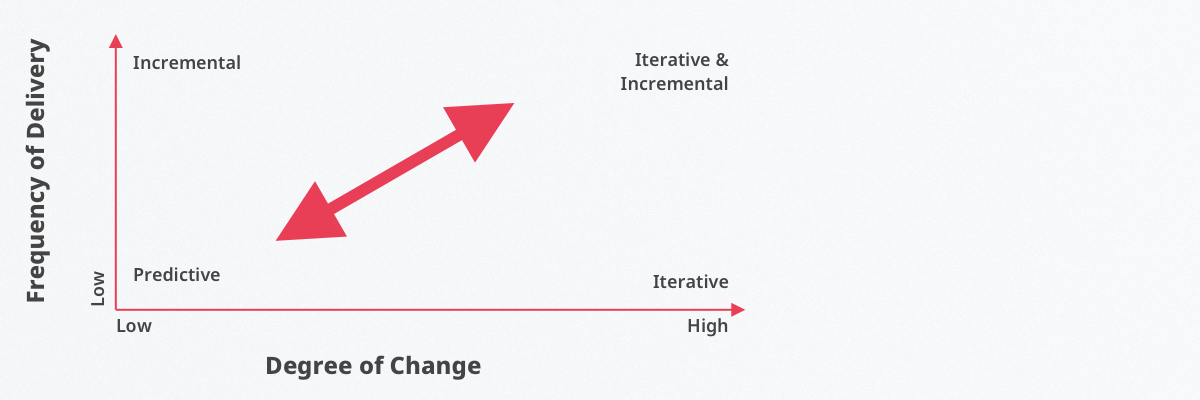
The agile iterative model, or PDCA cycle, is the centerpiece of agile iterative development. Agile iterative software development projects are executed according to the following four step pattern
- P (Plan) – Iteration planning focuses on the planning and discussion of requirements and objectives of a project. During the planning phase, software developers recap finished iterations and discuss anticipated needs moving forward.
- D (Design) – Iteration implementation is concerned with the analysis, design, and implementation of projects. The team develops software during this phase of the cycle. Developers can also test the functionality of the product in the Design phase as well.
- C (Check) – Iteration testing is concerned with ensuring the deliverable meets project requirements. If certain criteria are not met, the team can move backward to the other phases for further improvements.
- A (Adjust) – Iteration evaluation means comprehensively reviewing the work of the iteration or cycle. The software development team will also refine its backlog to prepare for future iterations.
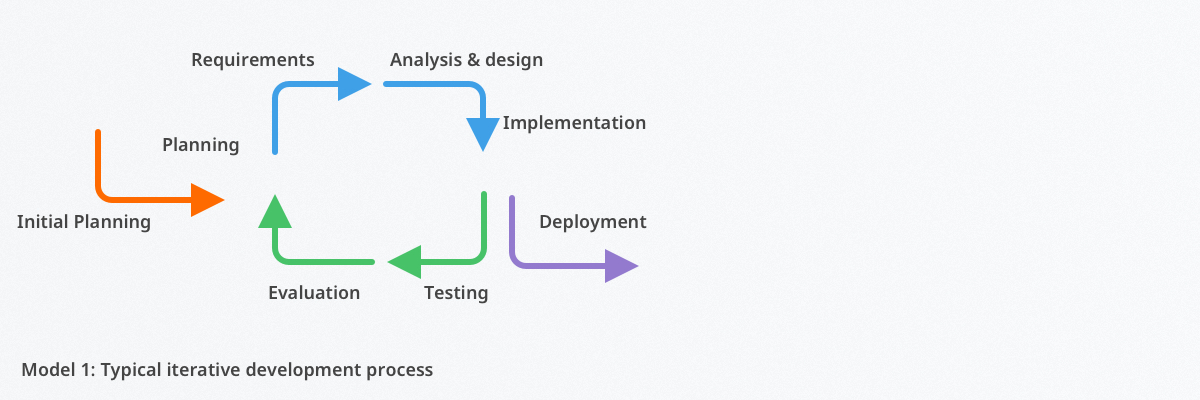
Where is the agile iterative approach employed?
The approach suits constantly evolving software projects for the following reasons:
- Some requirements may evolve during the development process. The agile iterative approach allows teams to modify and enhance different aspects of a deliverable throughout the cycle, especially in the Check and Adjust phases. The cyclical and modifiable nature of the methodology gives development teams a large advantage over more rigid processes.
- While working on a project, a development team can quickly and ‘productively’ adapt to change. The PDCA model of the iterative approach allows for far more flexibility, adaptability, and speed compared to sequential approaches.
- The urgency or risk associated with project components may change. The approach provides a time and space for urgency and risk recognition and alleviation in the early stages of the process.
Benefits of agile iterative development
The agile iterative approach provides the following benefits to software development teams:
- Flexibility for making changes. The methodology allows for modification throughout the development process.
- Customer involvement. Development teams focus on customer feedback during the Design and Adjust periods of the PDCA iterative cycle.
- Early risk identification and response. Managing each iteration is simpler than managing the whole project at one time. The iterative approach allows development teams to tackle issues early on without requiring the team to backtrack.
- Rapid delivery. The iterative approach requires less time spent on documenting and thus allows development teams to spend more time designing and implementing projects.
- Testing during iteration is easier than testing at the end of the development process. By testing early on, teams can analyze risks and modify their deliverables.
- Enables cognitively-diverse teams to experiment and innovate. The modifiable and cyclical nature of the iterative approach allows teams to test new ideas for their products.
The agile iterative approach allows software development teams to plan, design, check, and adjust iterations. This software development model is a comprehensive and accessible methodology that can benefit agile organizations immensely. Compared to other approaches, the agile iterative approach is more flexible, innovative, quicker, and more modifiable. The approach provides a space for customers to be involved during the development process, so no retroactive changes should need to be made after a deliverable is released.
Leveraging agile practices leads to productivity gains for software teams and organizations. The continuous nature of the agile iterative approach allows teams to become experts in their roles and learn from mistakes. Many existing performance measurement tools objectively assess the effectiveness of agile teams, allowing for accurate monitoring and evaluation.
As an agile organization, we know from experience that results-focused agile teams need to be highly adaptable, cross-functional, and communicative, and these principles must extend to all levels of the organization. In 2018 we launched a full-service workflow tool for agile teams – Z-Stream. It is designed to help organizations streamline the way they approach project management, remote teamwork, release planning, and quality assurance. We made Z-Stream incredibly easy to use – so your team can focus on iterating and growing. Try it now FOR FREE!

